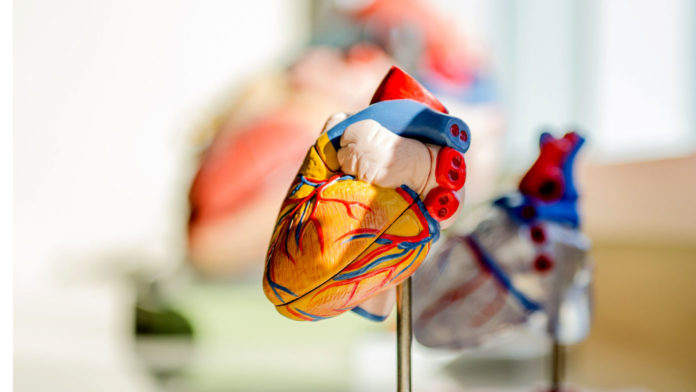When the body needs more blood circulation, the heart grows to try to meet the demand. This growth, called cardiac hypertrophy, can be beneficial or harmful depending on how it happens.
When athletes train or pregnancy advances, the heart grows in a controlled and reversible way, allowing the heart to return to its normal size when the demand slows. This is a healthy way for the heart to grow.
But when part of the heart weakens or dies, such as in a heart attack or under chronic high blood pressure, the way the heart grows to compensate makes it thick and stiff. This type of growth increases muscle mass without improving the heart’s ability to pump blood, and is generally irreversible. When this pathologic growth happens, it can easily lead to heart failure.
Researchers from the Ottawa Hospital, the University of Ottawa, and Carleton University are studying a naturally occurring protein that could help trick the damaged heart into repairing itself in the same way it would grow during exercise. Recently published in Cell Research, the authors hope to bring it to human clinical trials within the next three to four years.
The protein, called cardiotrophin 1 (CT1), is already showing promise in animal models. The researchers compared CT1 to another drug, phenylephrine (PE), which triggers pathologic growth. CT1 was shown to help the heart grow into an organized and functional tissue, with heart muscle and blood vessels that work together to pump blood more effectively.
CT1 encourages heart muscle cells to grow into longer and healthier fibres, while PE only makes them grow wider. Unlike PE-treated heart tissue, new heart muscle formed in the presence of CT1 also has new blood vessels.
As expected, when treatment stops, the CT1-treated heart returns to its original state, but the changes to the PE-treated heart are irreversible. When tested in animal models of heart failure, CT1 was effective in improving heart function whether the damage came from a heart attack or high blood pressure in the lungs. These positive outcomes were conserved whether the heart was damaged on the left or right side.
In theory, the same benefits could come from exercise, but most patients with heart failure are limited in their ability to be active. CT1 could help them recover to the point where they are able to follow an exercise program to maintain heart health in the long run.
CT1 could ultimately replace a cocktail of other drugs, and it may even spare patients from needing a heart transplant, which is currently the only treatment for right heart failure. By mimicking healthy heart growth, CT1 may help the damaged heart heal the right way.








































